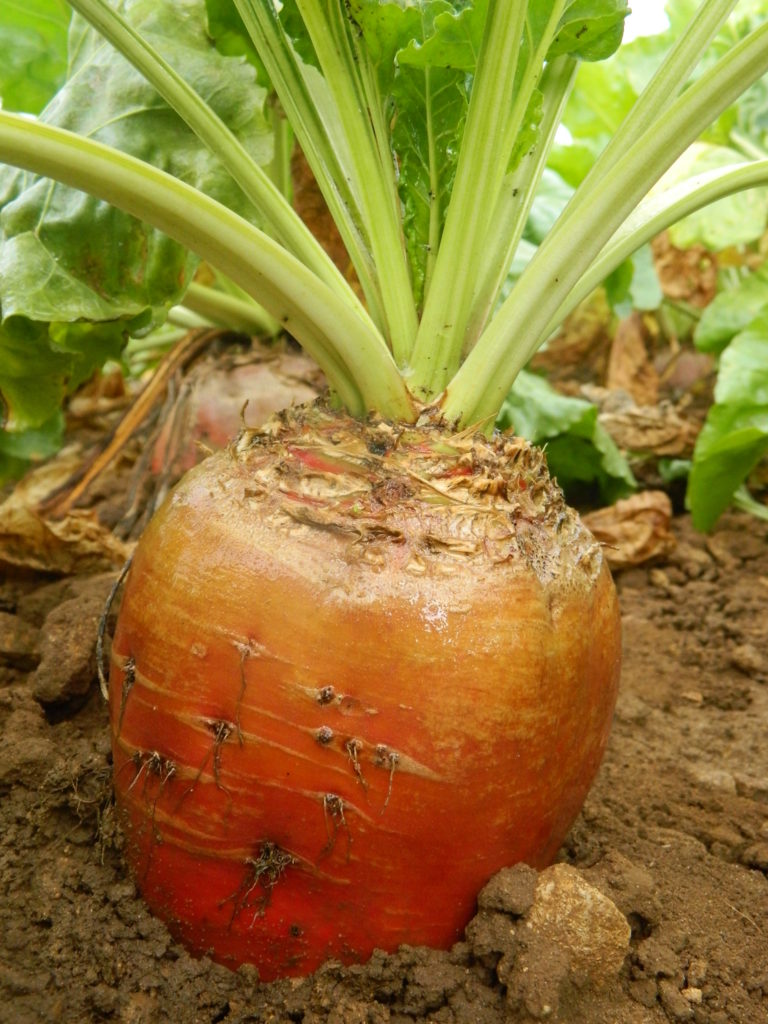Fodder Beet
9 April 2018Fodder beet is a root crop of great interest in the ruminant nutrition world due to its huge potential as a high yielding, high energy winter forage. Fodder beet is a versatile crop with can be grazed in situ or harvested mechanically and fed elsewhere. If you are considering sowing fodder beet this year there are some nutritional aspects to bear in mind:
- Dry matter varies between the different varieties of fodder beet (12-20%)
- Those which are the white rooted variety tend to have a higher dry matter and are better suited for harvesting
- Those which are the colour rooted variety are lower in dry matter and are softer for livestock to eat, also the roots tend to sit further out of the ground making them ideal for feeding in situ
- Fodder beet are high energy (13 MJ ME/kg DM) however the root is low in protein (7% DM)
- For ewes in late pregnancy protein will be first limiting factor and should be supplemented or moved to grass 3 weeks pre-lambing
- Animals should be gradually introduced to minimise digestive upsets
- Turn out animals with full stomachs onto crop for no more than 2 hours initially then slowly build up until they have constant access
- When grazing fodder beet ensure there is also an ad lib supply of fibrous forage eg. Silage, hay or straw – this should make up 30% of the dry matter intake
- Fodder beet tops are susceptible to frost damage. Tops are high in protein compared to root which is high in energy which may leave ration deficient in protein
- For more detailed information please read Technical note TN694 Alternative forages for sheep: Fodder Beet. (https://www.fas.scot/downloads/tn694-alternative-forages-sheep-fodder-beet/)
Mary Young, mary.young@sac.co.uk
Sign up to the FAS newsletter
Receive updates on news, events and publications from Scotland’s Farm Advisory Service

